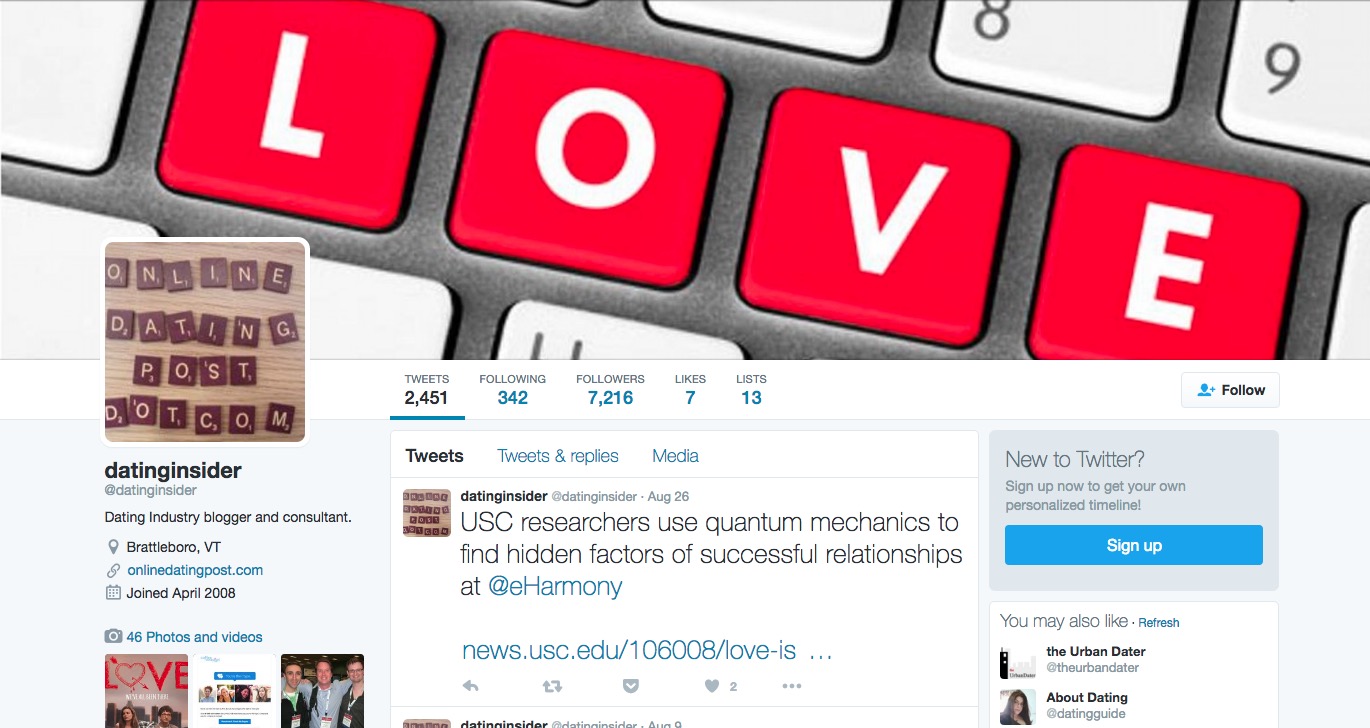I need to respond to an Italian journalist who asked about recommendation engines and how they related to social networking and dating. What better place to ponder on a rainy Saturday morning?
Pandora and Last.fm are music recommendation sites I’ve been talking about lately.
If you have a pandora and last.fm account you should go to http://www.real-ity.com/pandora. This is a mashup of Pandora and Last.fm. It doesn’t look like much but it is the best mashup I’ve seen in a while. A notable example of two complimentary services working together, where the end result benefits from the best features of each (nature and nurture).
One is not better than the other, they both have their strong points. I like Last.fm because it creates a community, you can send and receive messages and the tagging features really work. The itunes plug-in, called Audioscrobbler, uploads your music listening preferences and it works well.
Pandora’s technical foundation and classification taxonomy works well and when I’m feeling lazy that’s what I use, because it saves having to find the music or buy it. There are plenty of internet radio stations as good as, if not better, than anything Pandora or Last.fm can come up with, but they are only as good as a single DJ’s taste as opposed to a milllion of them.
The future of these systems are best exemplified in the above mashup. Community, collaboration and ease of use, with a revenue stream to support the service that’s not just banner ads. From there it’s incremental improvements to the user experience and back-end technology and algorithms. Adding your Last.fm recently played list to your Myspace account isn’t exactly a mashup until there are some Myspace data or functionalities used by Last.fm.
The two primary examples of people recommendation engines are eHarmony = Pandora and Engage.com = Last.fm (close approximation). eHarmony does all the work, Engage let’s anyone be a matchmaker. See also greatboyfriends.com. A big problem with great boyfriends is that you need to cajole you ex into vouching for you, high barrier to entry.
Image gallery: Riya is a new service that performs facial recognition on uploaded photos. The power is in the ability to tag people, not with names, but with attributes. Then others can call up images tagged with “long brown hair”, or “at the beach” or “salsa dancing”. Imagine a gallery view of a dating site powered by riya, similar to Match.com’s Matchwords.
People will do remarkable remixes of this, just think about using your Flickr or oPhoto account as the image source. Riya looked at doing audio recognition inside of streams as well, very difficult.
Recommendation engines work well with the Long Tail when it comes to books and music.
Reputation management works with dating, although the current services lack credibility and thereby value.
The bigger question is how do you measure reputation and compatibility? Compatibility is pretty well covered, reputation has a long way to go.
Opinity is where it’s at these days when it comes to reputation management. tying into Microsoft’s Infocard is going to popularize the reputation concept to a useful scale.
Mashup Riya and Opinity, or Opinity and LinkedIn. I’d rather use a third party service and an open profile as opposed to a Date warehouse. I think Google Relationships would bomb unless the profiles were totally RSSable and yet protected. There are enough weirdoes on dating sites as it is, no need to make it easier for women to be harassed. I’m really talking about Google Base. You need a place to store profiles and make it easy to get at them with a simple API.
A Pandora-like dating site would be straightforward to implement. I’d love to work on that with a large dating site. Make browsing more exciting, add audio essays, give people more ways to express themselves in their profiles like blogs, but more structured, like a Matchwords/blog mashup.
Sun is out.
Technorati Tags: recommendation+engines, reputation, riya

